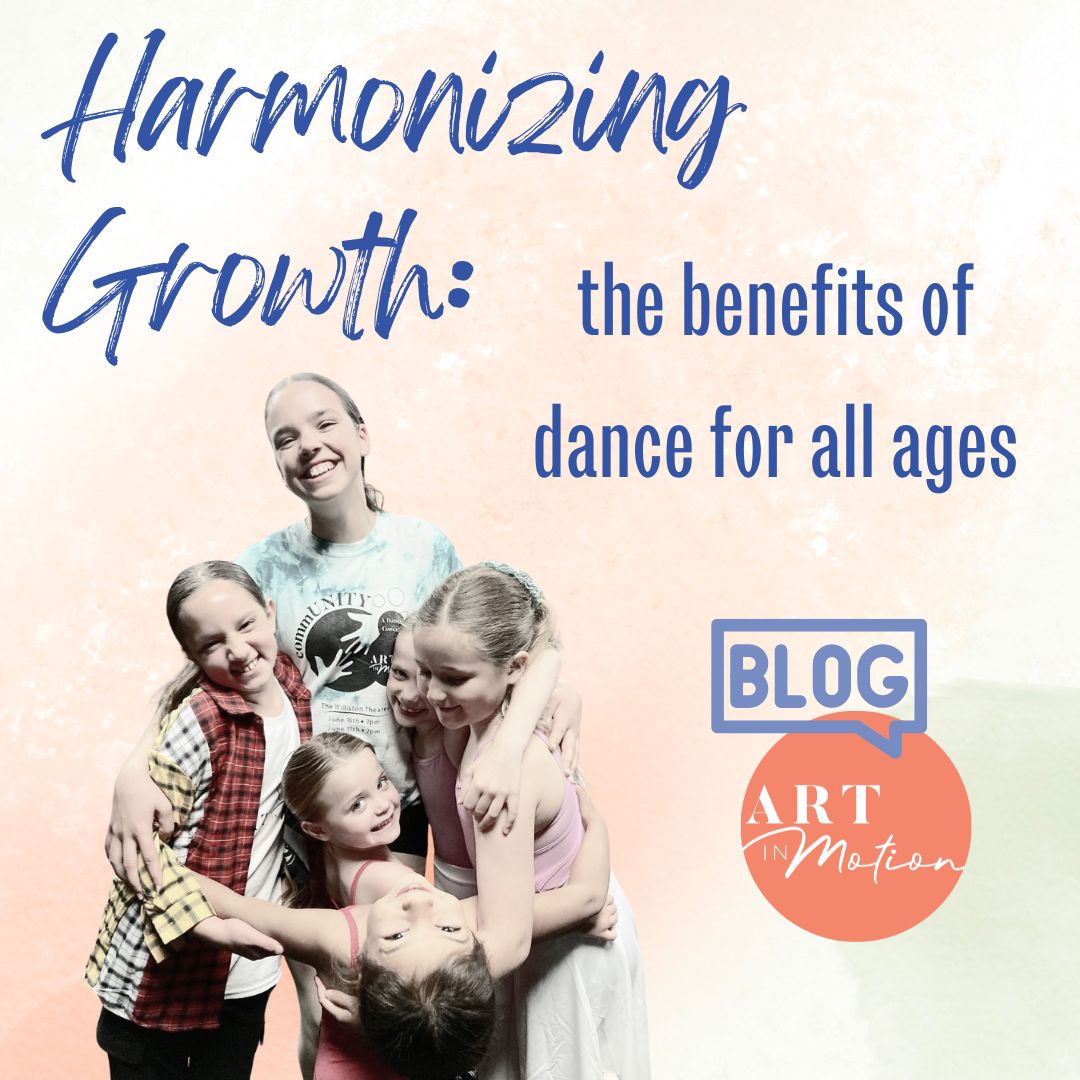Dance education extends beyond the realm of movement and music; it nurtures the holistic development of children, catering to their specific needs at every age level. From preschoolers to teens, each stage of childhood presents unique opportunities for growth through dance. Let’s delve into the benefits of dance education and explore how it addresses the specific needs of children at different age levels.
Preschoolers (Ages 3-5)
Preschool is a crucial time for cognitive and motor skill development. Dance classes for preschoolers focus on motor skills, social skills, and creativity. Dance helps improve coordination, balance, and fine motor skills, laying the foundation for physical development. Preschoolers are encouraged to express themselves through movement, fostering creativity and imagination. And, dance classes create a supportive environment, promoting teamwork and social interaction, essential for early social development.
Early Elementary (Ages 6-8)
As children enter early elementary school, dance education continues to address their evolving needs for discipline, focus, and emotional expression. Dance classes instill discipline and focus, helping children develop the ability to concentrate on tasks. At this time, the art form becomes a medium for emotional expression, allowing children to channel their feelings in a positive and constructive way. Performance opportunities and positive feedback contribute to building confidence and self-esteem.
Late Elementary (Ages 9-11)
In the late elementary years, dance education adapts to the growing complexity of children’s abilities, as we focus on skill building, cultural awareness, and teamwork. Dance classes will introduce more advanced techniques, challenging students to refine their skills. Children will also learn about various dance styles from different cultures, promoting global awareness and appreciation. Group choreography enhances teamwork, teaching children the value of collaboration and collective achievement
Middle School (Ages 12-14)
Middle school is a transitional period, and dance education plays a role in guiding students through this stage, helping to develop self-expression and physical fitness while also introducing the stress-relieving benefits of movement. Dance becomes a powerful tool for self-expression, helping adolescents navigate their identity, and- with a focus on conditioning and flexibility- dance classes contribute to overall physical health and wellness. Middle school can be stressful; dance offers a healthy outlet for stress relief and relaxation.
High School (Ages 15-18) In the high school years, dance education takes on a more specialized and nuanced approach, tackling artistic exploration, career preparation, and leadership. High school dance classes encourage students to explore their artistic voice and develop a personal style. For those considering a career in dance, high school classes provide a foundation for further education and professional pursuits.Students may take on leadership roles in dance productions, honing valuable leadership and organizational skills.
Dance education is a transformative journey that aligns with the developmental needs of children at each age level. By addressing motor skills, creativity, discipline, self-expression, and more, dance classes play a vital role in shaping well-rounded individuals. As children progress through preschool to high school, dance becomes a guiding force, fostering growth, self-discovery, and a lifelong love for movement and expression.

Comments are closed